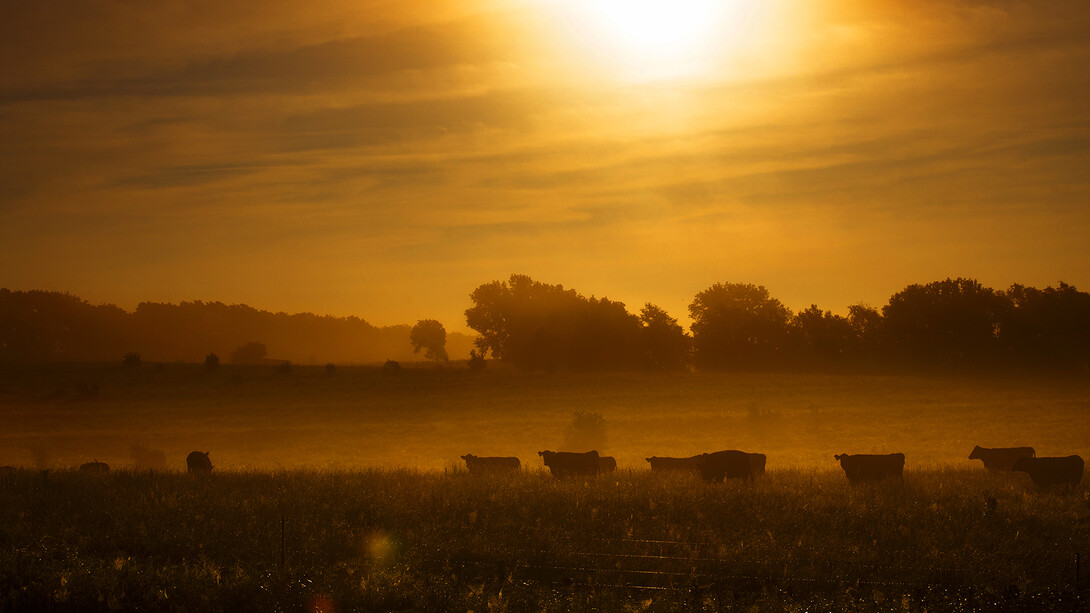
It’s no wonder Nebraska is called the Beef State. The Nebraska beef sector includes 20,000 beef cow operations and 4,570 cattle feeding operations. The state on average has 2.3 million head of cattle on feed. All that activity combines to contribute about $12.1 billion annually to the state’s economy.
Since 2015, Nebraska Extension beef system specialists have contributed to the health of the industry through extension’s BeefWatch podcast. The popular program offers expert-level information on a range of practical production topics, including pasture management, nutrition, health, reproduction, genetics and marketing.
The podcast, a downloadable audio form of the BeefWatch newsletter, features interviews with extension educators highlighting the University of Nebraska–Lincoln’s latest research findings. In addition, UNL’s Producer Perspective interviews provide insights from Nebraska farmers and ranchers.
During 2022, Nebraskans downloaded BeefWatch podcast episodes 30,000 times. In all, the episodes were downloaded about 144,000 times — a 24% increase from 2021 — by listeners from 50 states and 78 countries.
“The BeefWatch podcast is an excellent source for continuing education on all things pertaining to the cow-calf segment of the beef industry, and more importantly, a discussion of and potential solutions to current challenges and issues cattle producers face,” said Tyson Narjes, who operates a farm and Angus-Hereford cow-calf operation in Sidney.
Typically, a podcast “gets around 500 downloads within the first couple of weeks of being released,” said BeefWatch host Aaron Berger, a beef systems extension educator in Scottsbluff. “After six months of being released, a podcast typically has around 1,000 downloads. Statistically, the BeefWatch podcast is in the top 5-10% of podcasts in terms of downloads and listens when compared to all of the podcasts that are available.”
Jay Jenkins began the BeefWatch podcast in 2015 when he was an extension educator based in Cherry County. He is now an extension zone coordinator.
Two recent BeefWatch podcasts illustrate the practical focus extension educators provide on beef-specific topics.
Troy Walz, a longtime beef systems extension educator in Custer County, spoke with Berger about understanding the stress periods that can result in nutrient deficiencies for cows and heifers. In his description of a pregnant cow’s needs, Walz noted that 70% of a calf’s growth is in the last 90 days, spurring a major increase in the cow’s nutritional requirements.
Walz also addressed these nutritional issues in a BeefWatch newsletter available online.
Hannah Smith, a beef systems extension educator in Ainsworth, spoke recently with Berger about considerations for producers in analyzing various types of forages, studying their price in conjunction with their energy and protein capacity. Smith cited values for forage types sourced from cattle diets collected as part of the research at the university’s Gudmundsen Sandhills Laboratory. Smith also examined this issue in a BeefWatch newsletter online.
As for the future, Nebraska Extension’s beef systems specialists noted their dedication to extension’s land-grant mission by incorporating the university’s latest research findings in BeefWatch and working closely with producers to maximize the podcast’s value.







